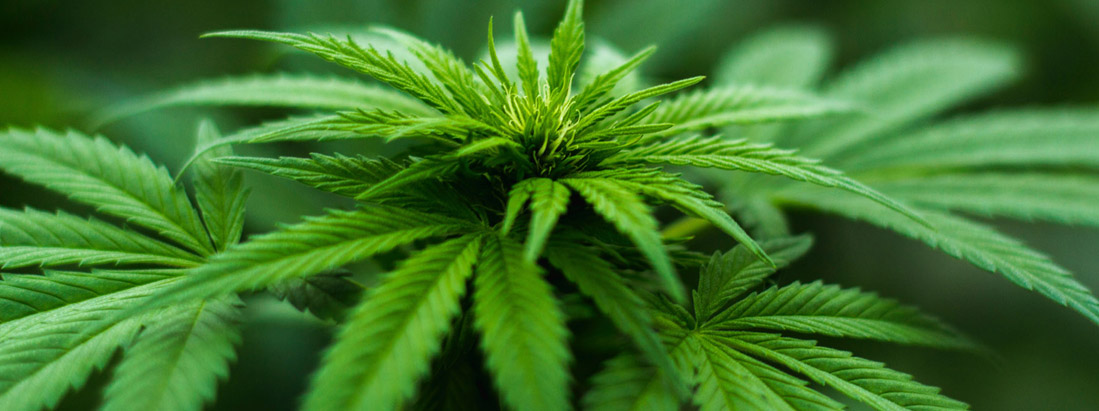
The endocannabinoid system
Cannabis works as a complement to the body’s natural cannabinoid system called the endocannabinoid system.
“Human beings and many animals, have this natural system throughout the body. In the brain for example, the system has effects on the memory, the control of movement, the modulation of pain, the development of nerve growth and plasticity, and the adaptability of the nervous system. It influences sleep, appetite, anxiety and social behavior, to name just a few important functions. Outside the brain, the endocannabinoid system is also widespread and has effects on the bladder, the intestines, the reproductive system, the heart, the hormonal and metabolic systems and plays a role in cancer control. In other words, it is one of the most important body systems, but one of the least understood. We know that there are at least two cannabinoid receptors in the body, CB1 and CB2, but in the coming years we are sure that more receptors will be identified.
There are natural chemicals that circulate in the body and adhere to these receptors. It is through this chemical union that the endocannabinoid system performs its functions. Cannabinoids from natural plants complement and help the body’s natural circulation of cannabis-like chemicals.
Therefore, it is not surprising that the plant has many medical benefits. A clear fact that is emerging is that the entire cannabis plant has a medicinal value, instead of just the constituent parts. There are more than a hundred different cannabinoids in the plant, but only two of them have been well studied (THC and CBD), we have a little information of another ten cannabinoids, and practically nothing about the rest. Therefore, we have a long way to go to understand all the different properties and potential medical benefits of cannabinoids.
Despite this complexity, there are two main chemicals in the cannabis plant that are known to be the major components that have the greatest medical benefit; THC and CBD. THC is psychoactive and produces in people the “high” effect of cannabis. The CBD is not psychoactive and, in fact, counteracts, to some extent, the “high” effect of THC. Therefore, the balance between THC and CBD is one of the most important factors in understanding what particular effects will be seen in a particular cannabis strain. We know that both CBD and THC have medicinal properties.
One of the most important effects of CBD is the anticonvulsant. However, to illustrate the complexity of the plant, while CBD is a very potent anticonvulsant, many children with epilepsy respond even better when a little THC is added to the medication. This is a good example of how the whole plant has a better effect than the individual components. This is known as the “entourage effect”.
In addition, cannabis medication plays an important role in reducing deaths from opioid intoxication. We now know that when legal cannabis is introduced into a population, the number of deaths from opioids is reduced by at least 25%, and cannabis can offer a safer form of analgesic drugs. Will cannabis be used in future health systems? The answer is definitely yes. Cannabis is now legal for medical purposes in 44 countries around the world and this number increases month by month. From our point of view, it is the most exciting medical development of the early 21st century. “
